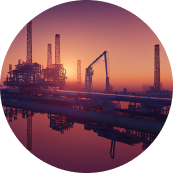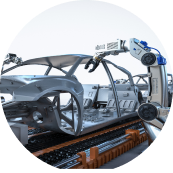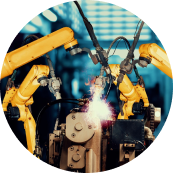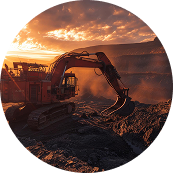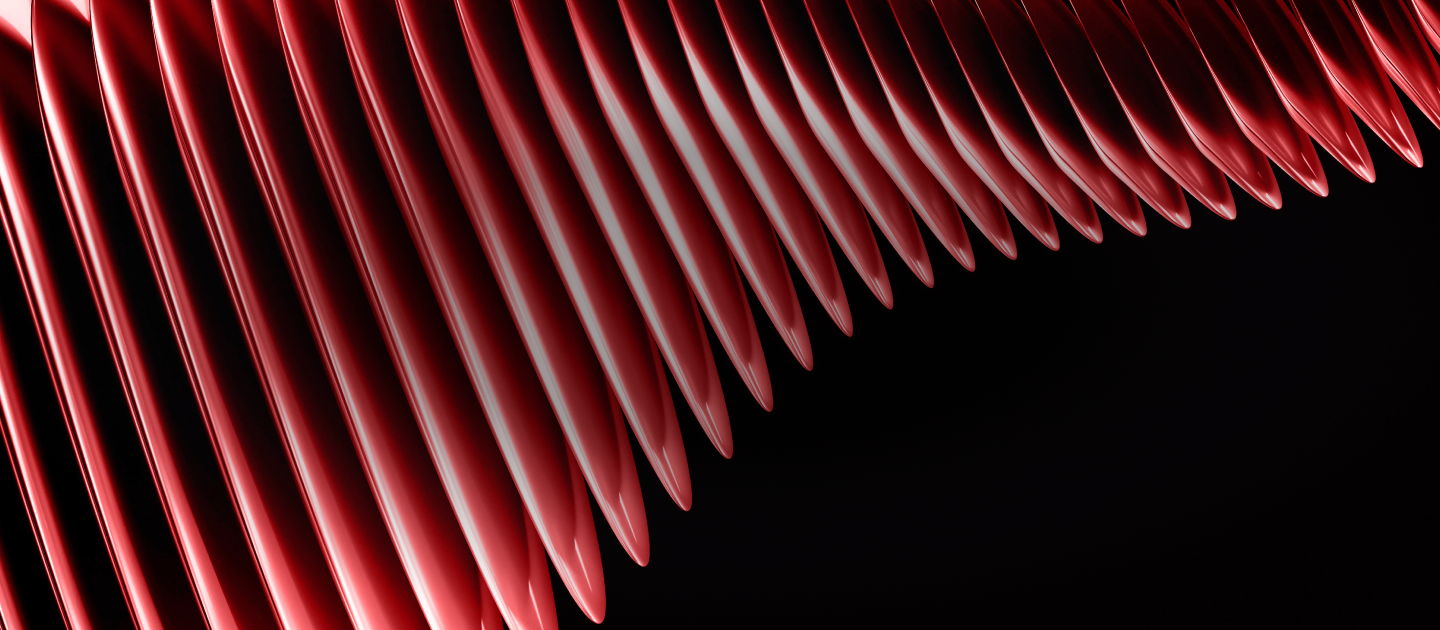
We specialize in the production of high-quality semi-finished tubes in precisely engineered materials like polyurethane, elastomers and engineering plastics. Our highly-resistant and durable semi-finished tubes cater to a wide range of industrial applications. Their flexibility ensures maximal efficiency in the cutting process, as they are engineered for high performance. We also offer a wide range of customization options to suit your specific industrial needs.
Polyurethane Semi-Finished Tubes
Choose maximal flexibility with our polyurethane semi-finished tubes. Their elastic behavior allows them to recover from deformation within a short period of time. They also exhibit a low coefficient of friction, high abrasion resistance and tensile strength.
Technical Details
Elastomer Semi-Finished Tubes
Elastomer semi-finished tubes are used to create products that sustain high pressure and prevent deformation in complex industrial systems. Their resilience and durability make them suitable for heavy machining equipment.
Technical Details
|
Color
|
Description
|
Trade Name
|
temperature range
|
Hardness at 20°C
|
MAterial data sheet
|
|---|---|---|---|---|---|
|
BLACK
|
ACN
|
NBR 6085-M1
|
-25°C to +100°C
|
85 ±5 | Shore A
|
Semi-Finished Tubes Size Chart
Explore our extensive size range of semi-finished tubes, designed to cater to a variety of applications and industries.
DOWNLOAD PDFVaried Profiles. Versatile Designs.
We manufacture semi-finished tubes used in the production of durable, premium, and high-performing seals. Below are the types of customisable seals used in various industries.
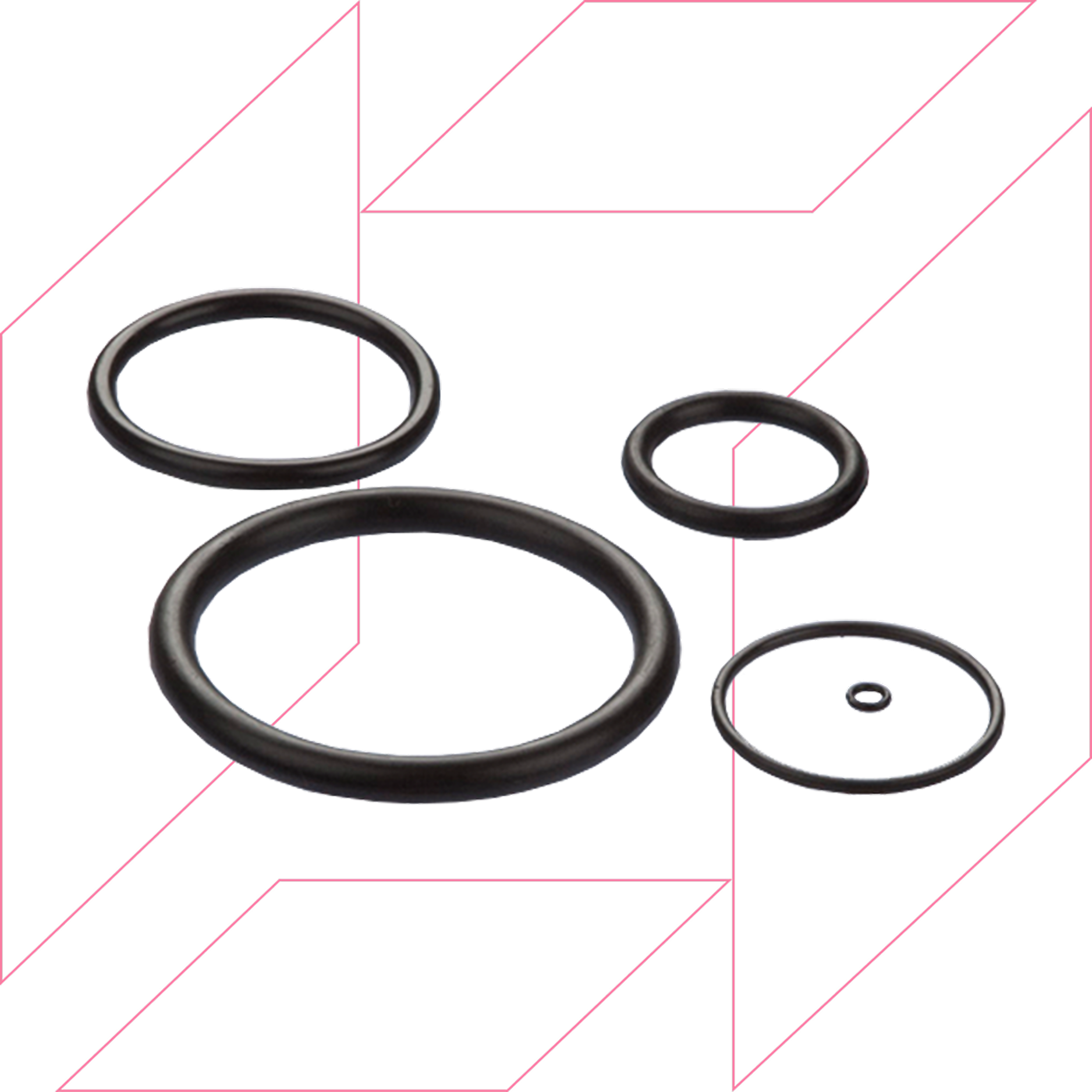
These circular loops prevent leakage by creating a tight seal between two surfaces. They are usually made from elastomeric materials like rubber, silicone, or other polymers but to cater to specific requirements, they are also made from metals or thermoplastics.
- Shape – Circular cross-section and looped design.
- Material – Nitrile (NBR), Silicone, EPDM, FKM (Viton), or PTFE (Teflon) (depending on the application requirements).
- Versatility – Used in both static and dynamic applications.
- Size – Available in various sizes to fit different grooves or housings.
- Automotive Industries – (fuel injectors, engines)
- Aerospace Industries – (landing gear, valves)
- Industrial machinery Industries – (pumps, compressors)
- Consumer products Industries – (faucets, appliances)

V-ring seals (commonly referred to as V-rings) are unique elastomeric sealing devices designed to prevent the ingress of contaminants like dirt, dust, water, or other particles into rotating shafts and bearings. They also retain lubricants within a system, enhancing its operational efficiency. V-rings are named for their V-shaped cross-section and are particularly effective in dynamic sealing applications. V-rings are highly reliable for protecting rotating equipment, extending the life of bearings, and minimizing maintenance requirements
- Shape – A flexible “V” or conical lip that acts as the sealing edge, with a wider back face that provides stability on the shaft.
- Material – Typically made from elastomeric materials like polyurethane, Nitrile Rubber (NBR), EPDM, or FKM (Viton), chosen based on operating conditions.
- Contact Type – The V-ring fits onto the shaft and rotates with it, with the sealing lip in contact with a counter-face or housing surface.
- Versatility – Can accommodate axial misalignment, shaft eccentricity, and dynamic movement.
- Protection – Acts as a barrier to contaminants while retaining lubrication within the system.
- Easy Installation – Slides onto the shaft without the need for additional fasteners.
- Low Friction – Minimal friction between the sealing lip and counter-face reduces wear and energy loss.
- Automotive Industry: Protects bearings in engines, wheel hubs, and gearboxes.
- Industrial Machinery: Commonly used in pumps, electric motors, and conveyor systems.
- Agriculture and Construction: Shields components in harsh environments like tractors and heavy equipment.
- Aerospace: Used in systems requiring lightweight, efficient seals.
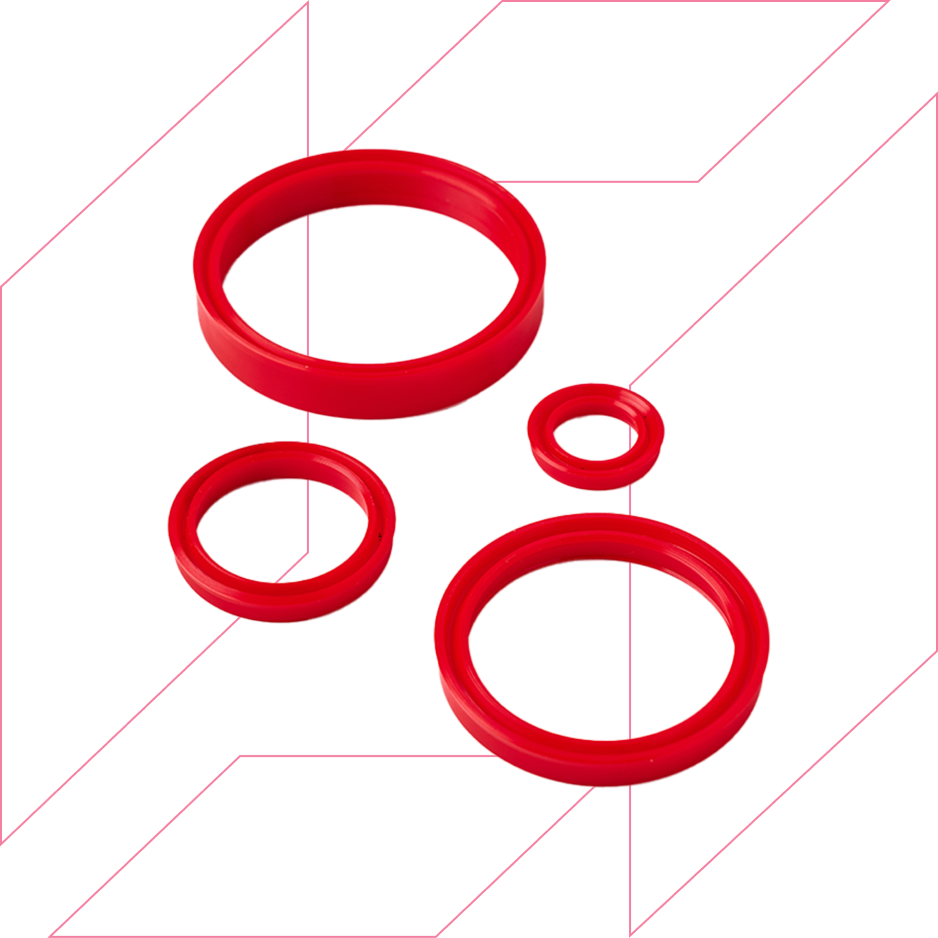
Piston seals, also known as piston rings or dynamic seals, are essential sealing components used in hydraulic and pneumatic cylinders. These seals create a seal between the piston and the cylinder bore, ensuring that the pressurized fluid or gas does not leak past the piston during operation. Piston seals play a critical role in maintaining the efficiency and performance of the system by separating two pressure chambers within the cylinder.
- Location – Positioned on the piston, which moves back and forth inside the cylinder.
- Purpose – Prevent fluid or air from passing across the piston, maintaining pressure on one side for effective operation.
- Material :
- Nitrile Rubber (NBR): Good for hydraulic oils and low to moderate temperature applications.
- Polyurethane (PU): High wear resistance, excellent for high-pressure applications.
- PTFE (Teflon): Low friction, suitable for high-temperature and chemically aggressive environments.
- EPDM: Resistant to water, steam, and weathering.
- FKM (Viton): Handles high temperatures and aggressive chemicals.
- Hydraulic Cylinders: Used in construction equipment, presses, and material-handling systems.
- Pneumatic Cylinders: Found in automation equipment, robotics, and actuators.
- Industrial Machinery: Heavy-duty systems requiring high-pressure sealing.
- Aerospace: Critical for landing gear and flight control systems.

Wiper seals, also known as scraper seals, are sealing components used in hydraulic and pneumatic cylinders to prevent external contaminants like dirt, dust, mud, or moisture from entering the cylinder when the piston rod retracts. They are installed in the cylinder head and act as the first line of defense, ensuring the longevity and performance of the system by maintaining a clean operating environment.
- Location – Positioned at the outer side of the cylinder head, where the piston rod enters and exits.
- Purpose:
Remove contaminants from the piston rod before it retracts into the cylinder.
Protect the internal seals and cylinder components from damage caused by dirt and debris. - Material:
- Polyurethane (PU): Excellent abrasion resistance and durability, suitable for harsh environments.
- Nitrile Rubber (NBR): Good for general-purpose applications involving hydraulic oils.
- PTFE (Teflon): Low friction and excellent chemical resistance for specialized applications.
- Silicone: Suitable for high-temperature environments but less wear-resistant.
- Types of Wiper Seals:
- Single-Lip Wiper Seals: Basic design with a single scraping lip, ideal for moderate environments.
- Double-Lip Wiper Seals: Enhanced design with an additional sealing lip to improve contaminant removal and fluid retention.
- Metal-Reinforced Wipers: Include a metal insert for added stability and durability in heavy-duty applications.
- Hydraulic Cylinders – Common in construction, mining, and agricultural equipment like excavators and loaders.
- Pneumatic Cylinders – Used in industrial automation systems and robotics.
- Mobile Machinery – Found in equipment exposed to harsh outdoor conditions, such as cranes and tractors.
- Aerospace and Marine – Used in landing gear systems and marine hydraulic systems to protect against saltwater and debris.
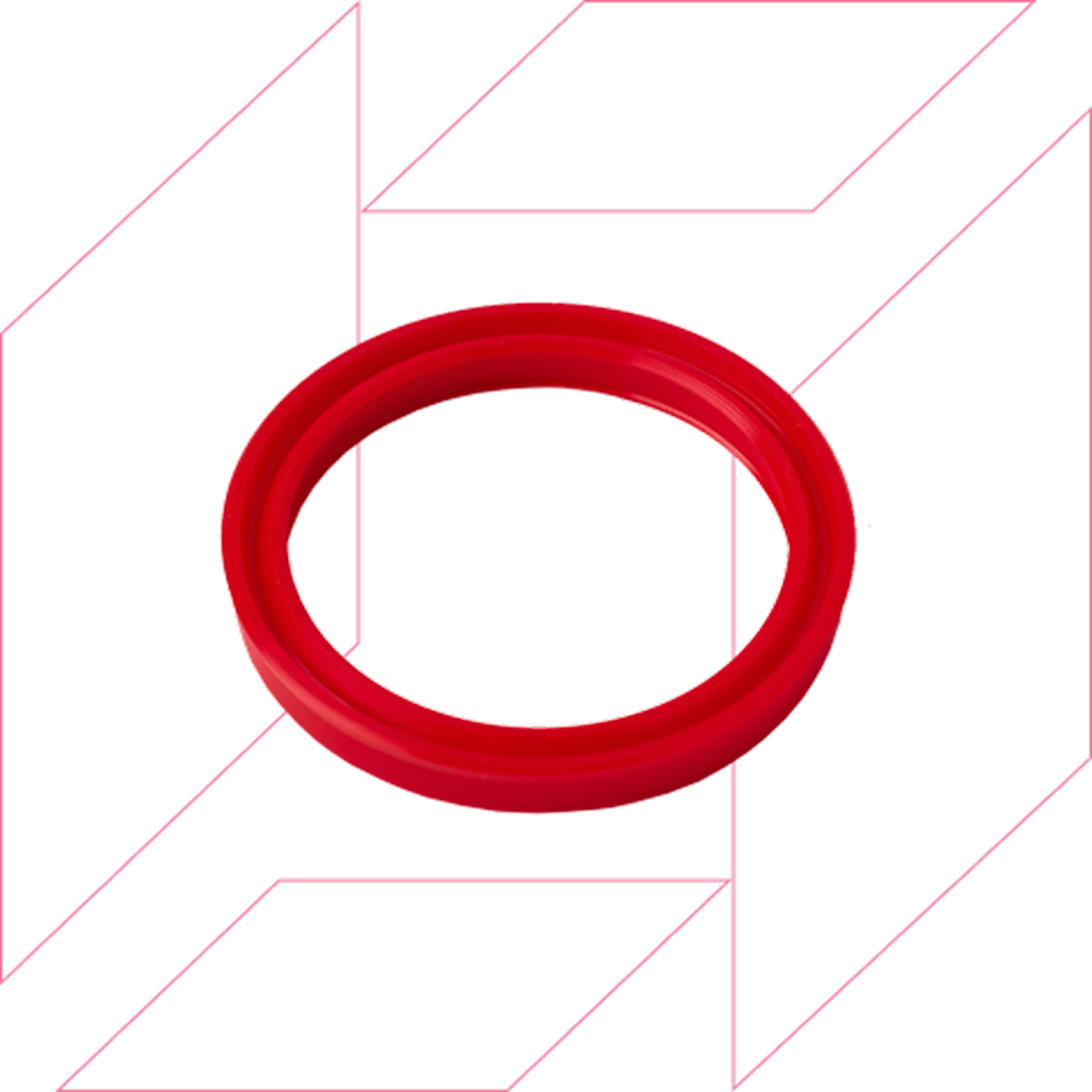
Rod seals, also known as shaft seals, are critical components in hydraulic and pneumatic cylinders. They are designed to prevent leakage of pressurized fluid or gas from within the cylinder as the piston rod moves in and out of the cylinder housing. Rod seals also protect the system from external contaminants like dirt, dust, and moisture.
Rod seals play a vital role in ensuring the efficiency, reliability, and longevity of hydraulic and pneumatic systems by maintaining the integrity of the sealing mechanism.
- Location – Installed in the cylinder head, where the piston rod passes through.
- Purpose:
- Prevent internal fluid from leaking out along the rod surface.
- Provide a barrier against contaminants entering the system.
- Material:
- Nitrile Rubber (NBR): Excellent for hydraulic oils and low-temperature environments.
- Polyurethane (PU): High wear resistance and durability, ideal for high-pressure systems.
- PTFE (Teflon): Low friction, suitable for high-temperature and chemically aggressive environments.
- EPDM: Resistant to water, steam, and weathering.
- FKM (Viton): Ideal for high temperatures and exposure to aggressive chemicals.
- Hydraulic Cylinders – Used in heavy equipment like excavators, loaders, and cranes.
- Pneumatic Cylinders – Common in automation systems, robotics, and machinery actuators.
- Industrial Machinery – Found in presses, injection molding machines, and material handling systems.
- Aerospace – Essential for landing gear and flight control systems.

Quad seals, also known as X-rings, are sealing components with a four-lobed, symmetrical cross-sectional design. They are primarily used in static and dynamic sealing applications, providing an alternative to traditional O-rings. Their unique design minimizes friction, reduces wear, and enhances sealing performance under various operating conditions.
- Location:
Installed in the cylinder head, where the piston rod passes through. - Purpose:
- Prevent internal fluid from leaking out along the rod surface.
- Provide a barrier against contaminants entering the system.
- Material:
- Nitrile Rubber (NBR): Excellent for hydraulic oils and low-temperature environments.
- Polyurethane (PU): High wear resistance and durability, ideal for high-pressure systems.
- PTFE (Teflon): Low friction, suitable for high-temperature and chemically aggressive environments.
- EPDM: Resistant to water, steam, and weathering.
- FKM (Viton): Ideal for high temperatures and exposure to aggressive chemicals.
- Hydraulic Cylinders – Common in construction, mining, and agricultural equipment like excavators and loaders.
- Pneumatic Cylinders – Used in industrial automation systems and robotics.
- Mobile Machinery – Found in equipment exposed to harsh outdoor conditions, such as cranes and tractors.
- Aerospace and Marine – Used in landing gear systems and marine hydraulic systems to protect against saltwater and debris.
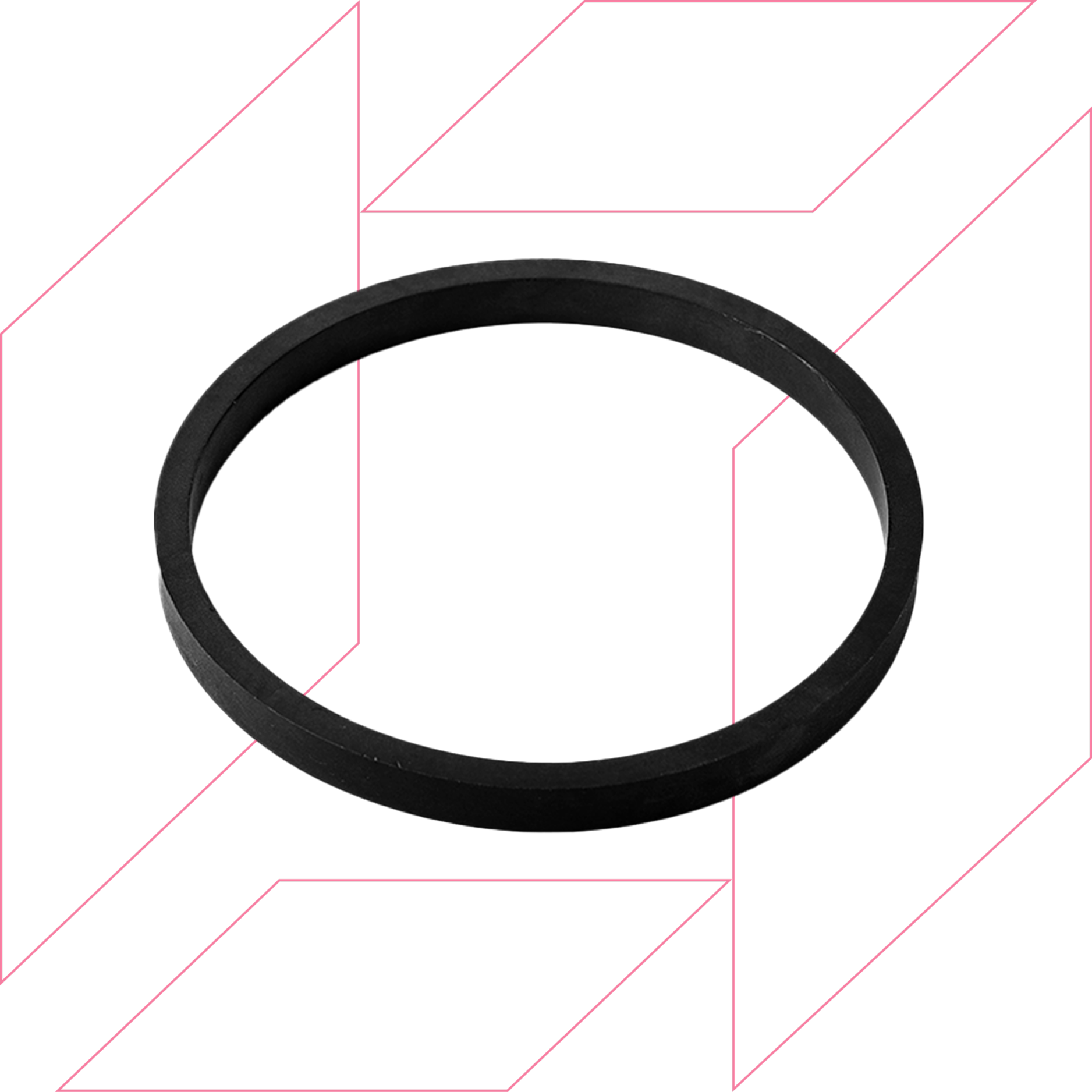
Back-up rings are rigid or semi-rigid support components used in sealing systems to prevent the extrusion or deformation of soft seals, such as O-rings, under high pressure. They are typically placed on one or both sides of a soft seal in the groove, depending on the direction of the pressure. These rings do not seal themselves but act as a structural reinforcement to extend the life and effectiveness of the primary seal.
- Material:
- PTFE (Teflon): Excellent chemical resistance, low friction, and suitability for high-temperature environments.
- Nylon: High strength and wear resistance, suitable for medium-pressure applications.
- Polyurethane: Superior abrasion resistance, ideal for dynamic applications.
- POM (Polyoxymethylene): High stiffness and dimensional stability for long-term use.
- Design: Typically come in solid rings, split rings, or spiral designs for ease of installation.
- Solid Back-Up Rings: Continuous rings for use in open grooves; provide robust support.
- Split Back-Up Rings: Split for easier installation in closed grooves or where disassembly is difficult.
- Spiral Back-Up Rings: Feature a spiral cut, combining flexibility and support for easier installation.
- Location:
- Installed in the groove behind the primary seal (e.g., an O-ring or quad seal).
- For dynamic applications, they are positioned on the low-pressure side of the seal to support it against pressure deformation.
- Function:
- Prevent the extrusion of the seal material into the gap between the sealing surfaces (extrusion gap).
- Improve the durability and effectiveness of the sealing system.
- Hydraulic Systems – Common in hydraulic cylinders, valves, and pumps where high pressures are present.
- Pneumatic Systems – Used in high-speed systems to protect seals from dynamic loads.
- Oil & Gas Industry – Found in high-pressure wellheads and drilling equipment.
- Aerospace & Automotive – Used in hydraulic actuators, braking systems, and fuel systems.
- Industrial Machinery – Found in presses, injection molding machines, and other heavy-duty equipment.
Industries
FAQs
We deliver your products in 4 to 5 business days.
The colours do not wear off as our products are made of polyurethane elastomers.
Our products are competitively priced. To know more, download our size range list.
The shelf life for our semi-finished tubes is 2 years.
© 2025 Robusthane Pvt Ltd.



